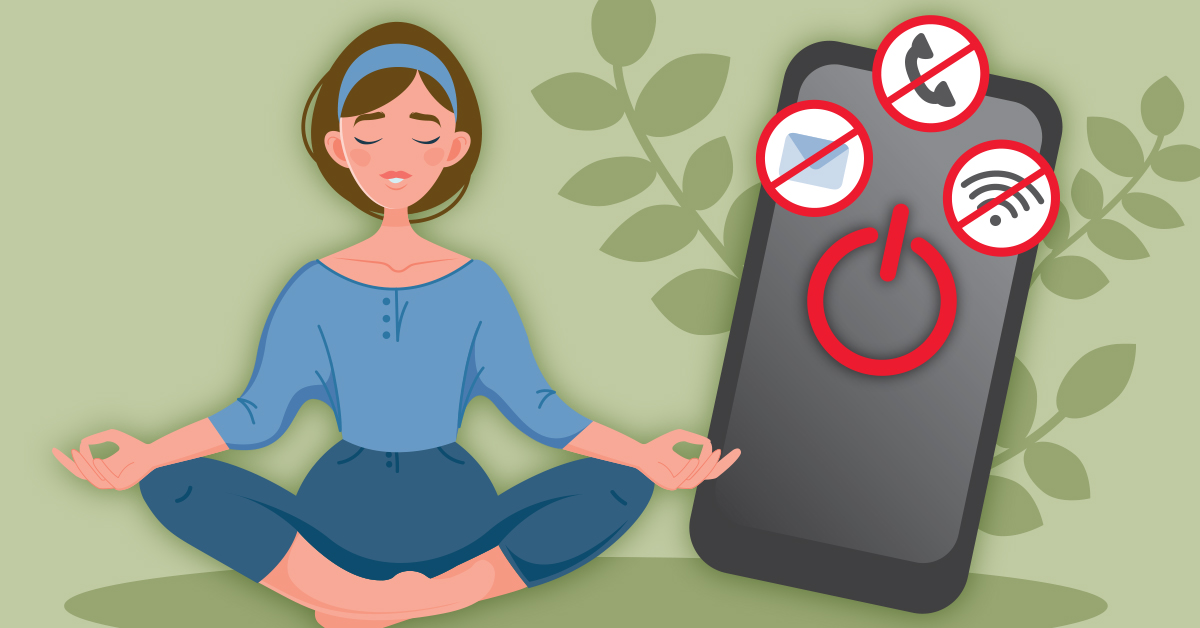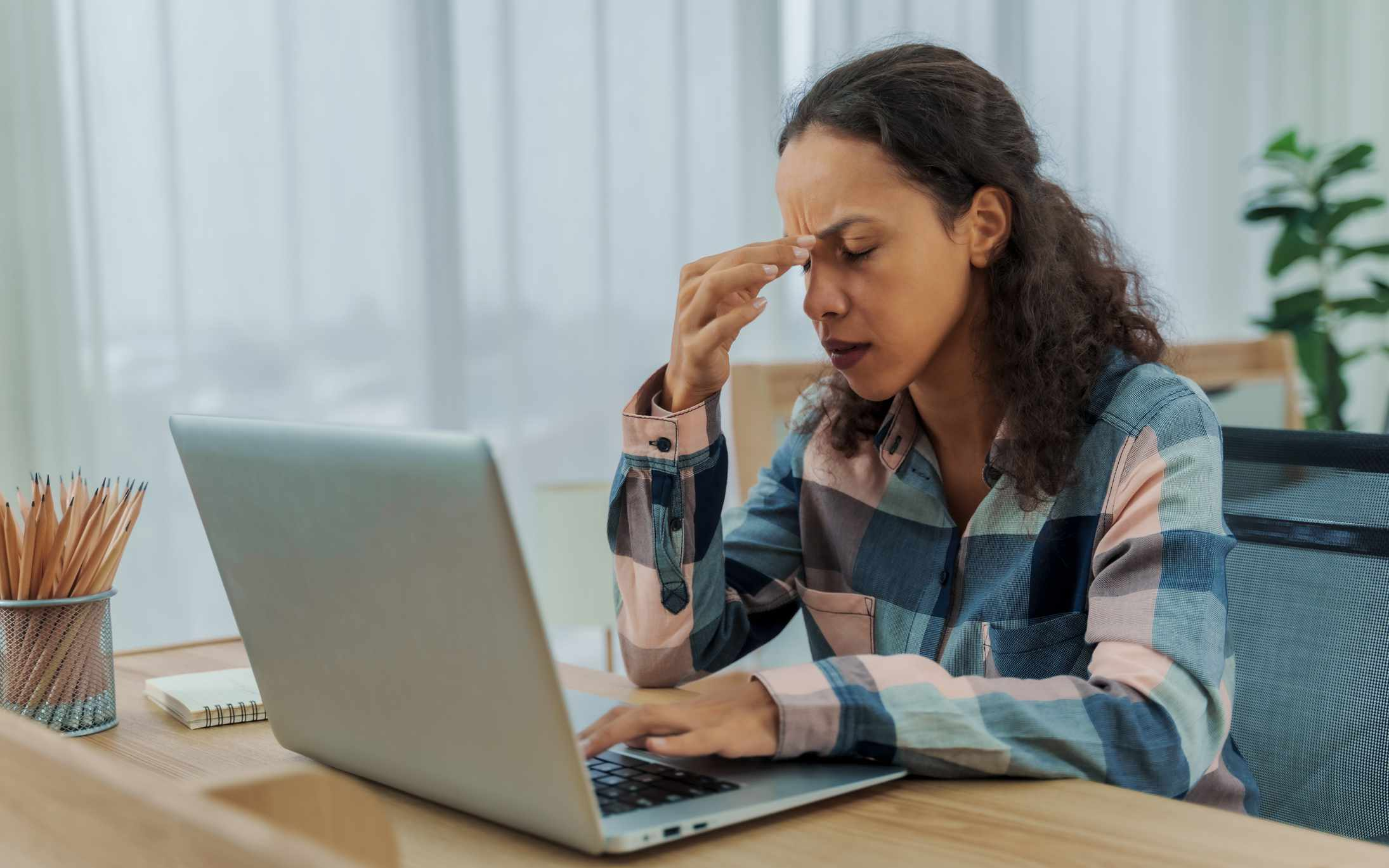Social-media overload and screen-time strain have prompted many to try a digital detox—but what does the science actually support, and how should you approach it for better mental-health? A 2025 meta-analysis found that while digital detox interventions showed significant reductions in depressive symptoms, they did not consistently improve broader indicators like stress, overall well-being or life satisfaction. This nuance matters: detoxing can help, but it’s not a magic solution.
Why the mixed results? First, the effectiveness of digital detox appears to depend heavily on context, individual baseline mental-health status and duration of detox. People with higher levels of depression or problematic digital habits gained more benefit. Second, many studies are short-term—lasting a week or two—which may limit their impact on deeper factors like life satisfaction or chronic stress. Third, the complexity of mental-health means that simply reducing screen time isn’t enough; engaging with meaningful activities and building alternative routines are key.
So how can you use this knowledge effectively?
-
Identify your digital-use triggers (e.g., endless scrolling, comparisons, disrupted sleep) and treat a detox as one tool—not the only tool.
-
Plan structured breaks, such as tech-free zones (bedroom, dinner table) and specific off-screen times, then replace them with beneficial habits (reading, walking, socialising).
-
Monitor specific outcomes: if your mood or depressive symptoms improve, that’s a clear win. For stress or overall fulfilment, combine detox with broader wellness strategies (exercise, sleep hygiene, talk therapy).
By framing this practice with experience (your usage patterns), expertise (knowing when and how to unplug), authoritativeness (leaning on current research) and trustworthiness (being honest with yourself about what changes) you maximise its benefit. Digital detox isn’t about total disconnection—it’s about intentional balance and building healthier digital habits.






